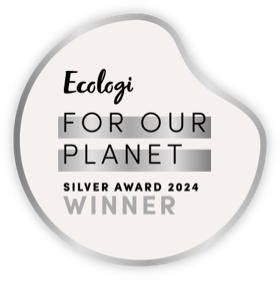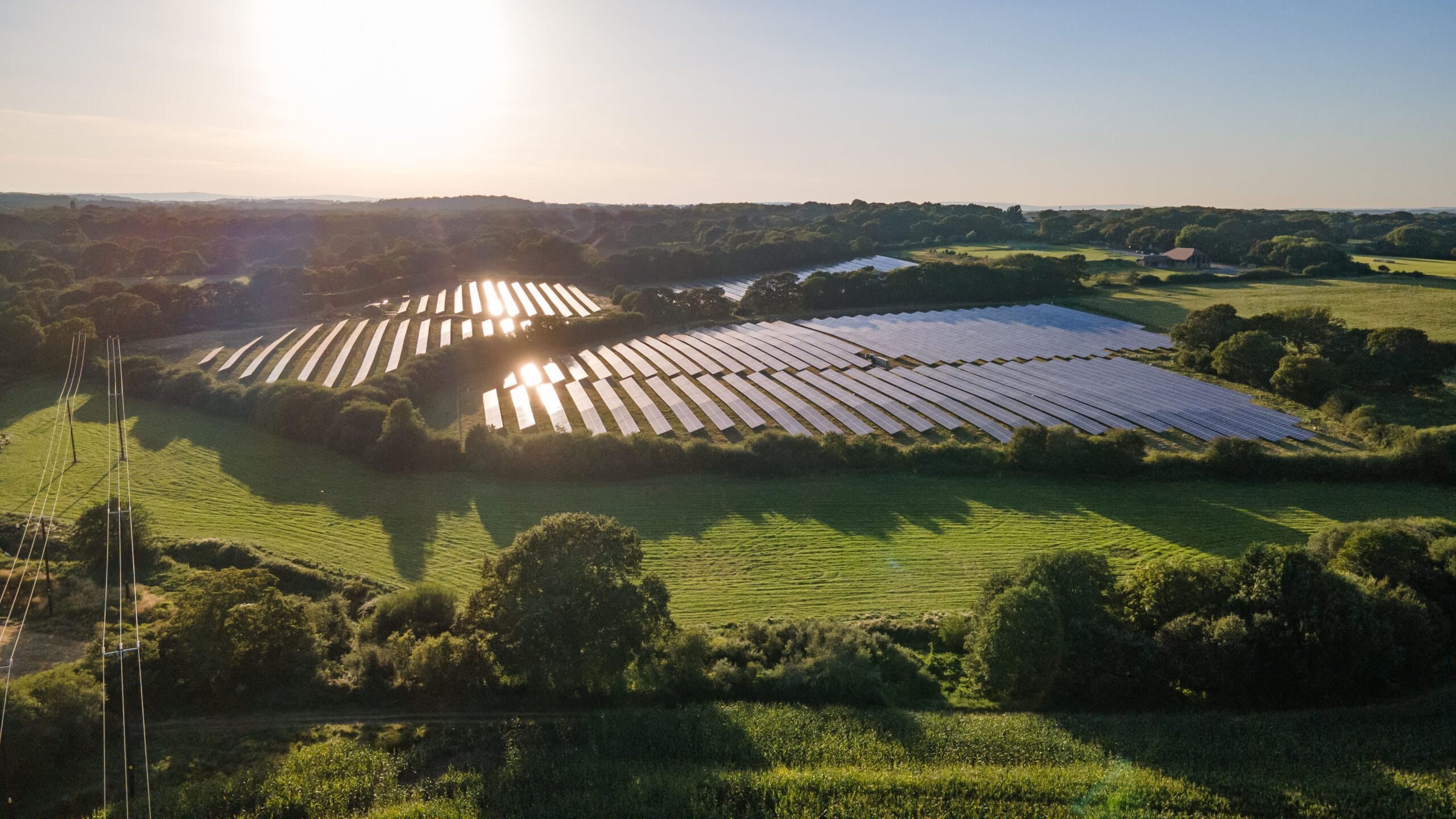Masterplanning – the transport perspective
A good masterplan can lay the foundations for a successful planning application. Most importantly it will deliver an environment which is attractive to live and work in for years to come. It needs to consider how a new development interacts with its wider area and what benefits it can deliver as a whole. From the outset, the plan needs interaction between the different technical disciplines involved.
A site’s infrastructure forms a fundamental part of the masterplan. Transport is a high profile issue and often requires engagement with a number of statutory bodies and consultees at a very high level.
Sustainable travel
Reducing people’s need to travel is a key theme; masterplans have to provide sustainable transport solutions. This should not simply be interpreted as more buses and cycle provision, although they form a part. It means ensuring that people have good access to services, such as schools, food stores and leisure, and where possible providing these facilities on site.
The key policy buzzword for any new development is ‘sustainability’. It is important to recognise that there is no one size fits all solution. Different parts of the country have very different travel patterns. What can be implemented in London, where regular bus travel and cycling to work is the norm, may not be as easy to deliver in a market town. A truly sustainable masterplan means people don’t have to travel far at all.
A force for change
Masterplanning work on new settlements can substantially change communities. It is an opportunity to ensure that the best transport infrastructure is delivered. A large, new development can act as a catalyst for improvements for a much larger geographical area.
This is especially relevant to transport, as a large site can provide the opportunity to overcome existing problems and bring new investment. The masterplanning work for redevelopment of the Battersea Power Station area in London recommended the proposed extension of the Northern Line tube.
Constantly evolving
The environment in which we live is becoming increasingly complex. Issues such as changes to household makeup, commuting distances, technology, internet use and land scarcity all require innovative transport solutions. It is also important to recognise that the challenges will change over time. Transport proposals need to consider tomorrow’s travel behaviour and technology as well as today’s.
The transport debate is constantly evolving. Motion actively engages with all stakeholders in the planning process to develop strategies that will address future needs. We would welcome your thoughts on this topic.
This article first appeared in the Spring 2015 issue of Insight.



